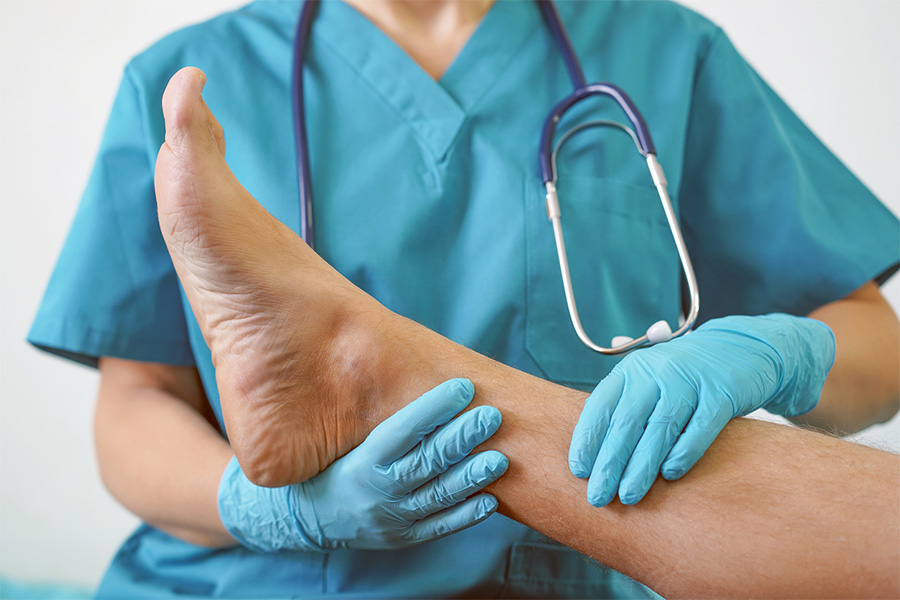Bones and joints usually have a protective system called the synovial bursae to prevent simple injuries. These are small sacs filled with lubricating synovial fluid and lined with synovial membrane. The bursa’s job is to protect and cushion the bones and joints from friction. The bursa also ensures proper movement of the limbs. However, issues such as overexertion and aging can cause inflammation of the heel. This condition is called heel bursitis.
Symptoms of Heel Bursitis and Causes of Heel Bursitis
Heel bursitis is the most common form of bursitis, and it can happen to anyone.
You might be suffering from this condition if:
- There is pain and stiffness in the back of the heel, especially when you are running and doing physical activities.
- You feel pain in your calf muscles during physical activities.
- The affected area appears red and swollen.
- The pain gets worse when you put pressure on it, such as when standing on tiptoes.
- Shoes that you have worn before begin to feel uncomfortable.
- You are suddenly unable to move your feet the same way as before.
- Some of the symptoms described above are accompanied by a fever.
In today’s busy world, it’s good to be aware of health risks that may disrupt your life. You have a higher risk of inflaming your joints if:
- Your work or hobby consists of too many repetitive movements. For example, running uphill and walking excessively.
- You have suffered from a severe injury, such as falling or a sports-related bruise.
- You do strenuous activities without warming up.
- You suddenly changed your workout routine without conditioning your body first.
- You have a history of arthritis or other medical conditions such as diabetes and gout.
- You are overweight.
- You are over 40 years of age.
Prevention of Heel Bursitis
It is always better to be safe than sorry, especially if you are at high risk of developing heel bursitis. Here are some precautions you can take to prevent this condition.
- Stretch and do warm-ups every time before exercising.
- Do not start an intense workout routine immediately. Pace yourself and gradually build intensity to prevent injuries in the future.
- Obesity can place more stress on your joints, so try to manage a healthy weight.
- If you are doing a repetitive activity because of your occupation or hobbies, take frequent breaks and consult with a doctor to see if you need to follow special instructions to ensure you don’t develop heel bursitis.
- Wear protective gear, such as good quality running shoes, to prevent too much pressure on your feet.
Heel Bursitis Treatment in Cincinnati
Heel bursitis can become worse and cause serious movement issues if not treated promptly. If you are looking for treatment, visit the experts at Cincinnati Foot & Ankle Care. We have an experienced team of podiatrists who can help you with any foot or ankle issue.
We offer flexible office hours and have 18 locations for your convenience. Call your preferred location or book an appointment online today.





